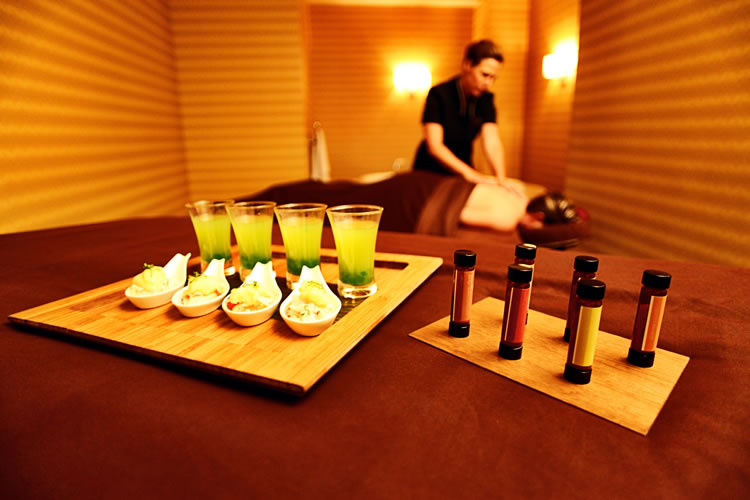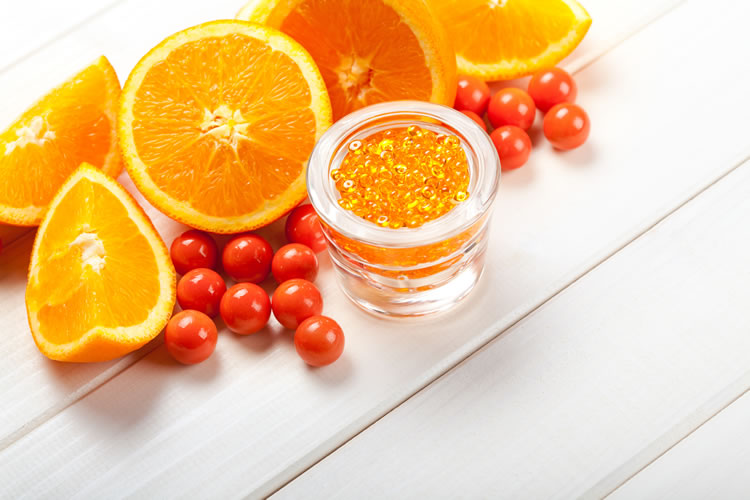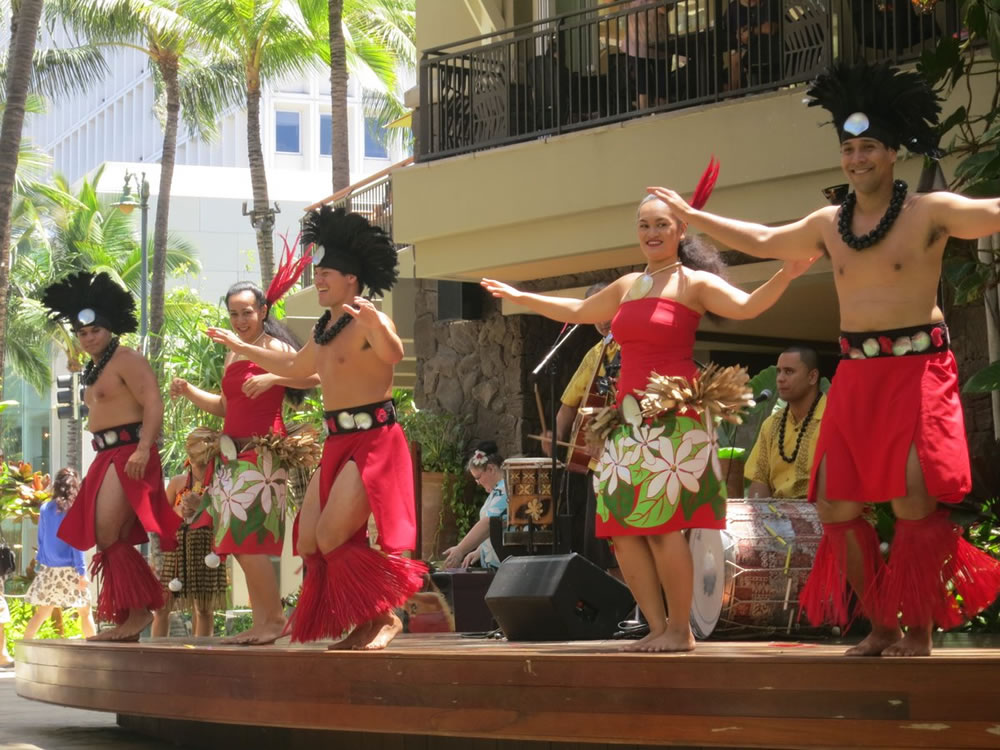
Spas move away from generic treatments to offer one-of-a-kind experiences inspired by cultural traditions and local ingredients.
By Diane Bair and Pamela Wright
There was a time when visiting a spa in California was not much different than visiting one in Colorado. One massage was like another, and all-purpose treatments were common—but not anymore. Today, spas continue to move away from generic approaches and products to offer more locally based, indigenous treatments that incorporate native ingredients and rich cultural traditions. As the trend continues, travelers can expect more destination-specific spa experiences with a deeper connection to the locale, its people and customs.
“We are definitely seeing spas highlighting indigenous ingredients in their treatments and focusing on their area’s heritage,” says Lynne McNees, president of the International Spa Association. “This focus gives the guests a more authentic and experiential visit.”
The firmly entrenched farm-to-table movement has moved from dining rooms and kitchens to the massage table, as spas worldwide increasingly use local—often organic—fruits, vegetables, herbs and spices in their products and services. Many say that the newly dubbed farm-to-facial slow spa movement is a natural progression for an industry focused on health and well-being, and spa visitors who care about what goes into their bodies are also concerned about what goes on them.
“Using fresh, locally produced ingredients has gone from a fashionable trend to a must-have,” says Julie Oliff, director of Remède Spa at The St. Regis Aspen Resort. “Our guests now expect it in their treatments.”

Spas are also integrating healthy native ingredients to create a stronger sense of place, from agave-based body scrubs in Mexico, maple syrup exfoliations in Vermont and sage oil massages in Colorado to lemon and orange facials in California and apple-based masks in Washington. The result is a unique spa experience that can’t be easily duplicated from place to place.
“Some spas are making experiential travel even more fun by playing up ingredients that the local area is known for,” McNees says. “We’ve seen everything from using bourbon in a treatment in Kentucky, tequila in Mexico [and] barbecue sauce in Texas [to] chocolate in Hershey, Pa. We’ve also seen spas in the Maryland area, where wild ginger is found in abundance, offering a treatment that utilizes that local ingredient.”
Not only do spa industry members and guests appreciate the freshness of native ingredients, but they also enjoy the fact that they’re supporting local farmers, chefs and suppliers. “Adding the local connection into a spa treatment allows the customer to feel good while doing good,” McNees explains.
Oliff adds, “Using more sustainable lines and being more environmentally responsible only makes sense. I think if spas are getting credit for being more sustainable and locally driven, then the industry is moving in the right direction.”
Many spas also tap into ancient rituals and customs to further immerse guests into the culture of the region. In spas throughout the Southwest, for example, guests are horseback riding through ancient lands, joining in traditional ceremonies like sweat lodges and participating in Native American chanting and smudging rituals. Hawaiian spas draw on age-old native practices, offering therapies like Tahitian-inspired foot poundings, traditional lomi lomi massages, and ho’omaka rituals, which replicate a customary local cleansing and detoxifying sea salt foot scrub therapy.

In Mexico, the primitive and diverse cultures have greatly influenced spa treatments throughout the country, drawing on Aztec, Mayan, Olmec and Toltec traditions. Treatments might include Mayan-style herbal steam baths, Chac rain rituals (Chac was the revered rain god in Mayan history) and tepezcohuite body treatments featuring the bark of Mexico’s skin tree, which has been used by the indigenous people of Mexico for centuries.
Spa industry members have little doubt that the trend to integrate local and often traditional ingredients, paired with updated twists on old and authentic healing and relaxation treatments, will only grow in the coming months. In the end, it’s all about providing guests with a healthier, richer and more personal connection to a place.
“Consumers crave an experiential travel experience and spas are giving spa-goers what they want,” McNees says. “It’s all based on customer demand, and I absolutely see this trend continuing.”







